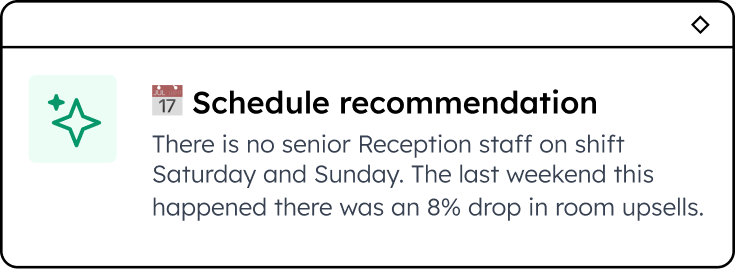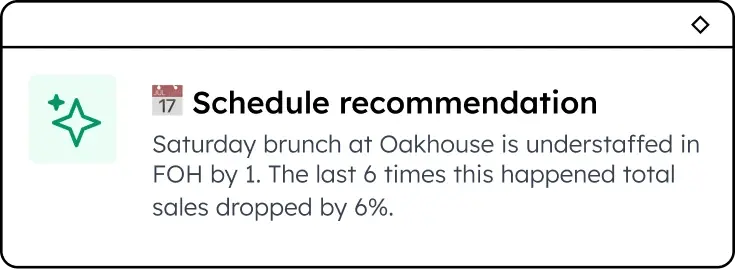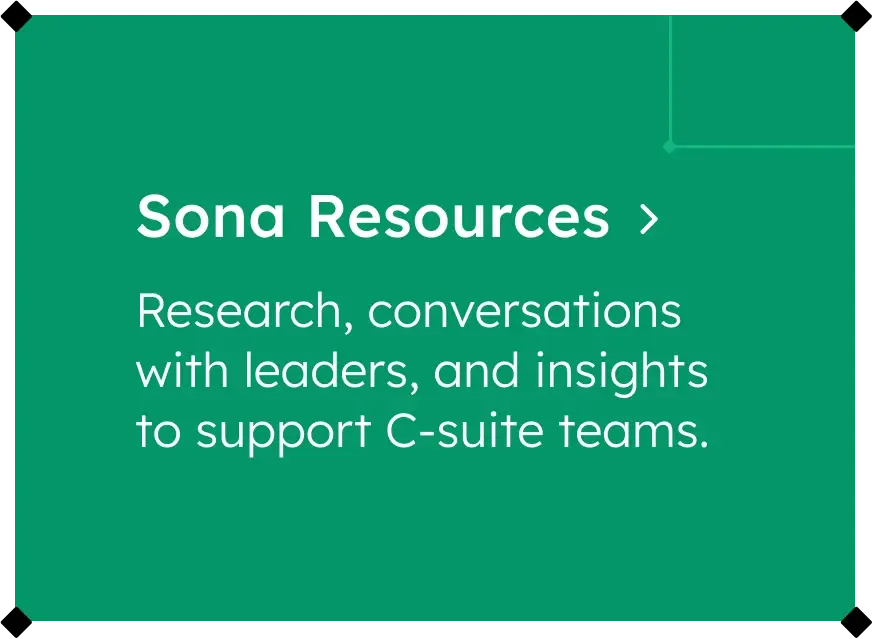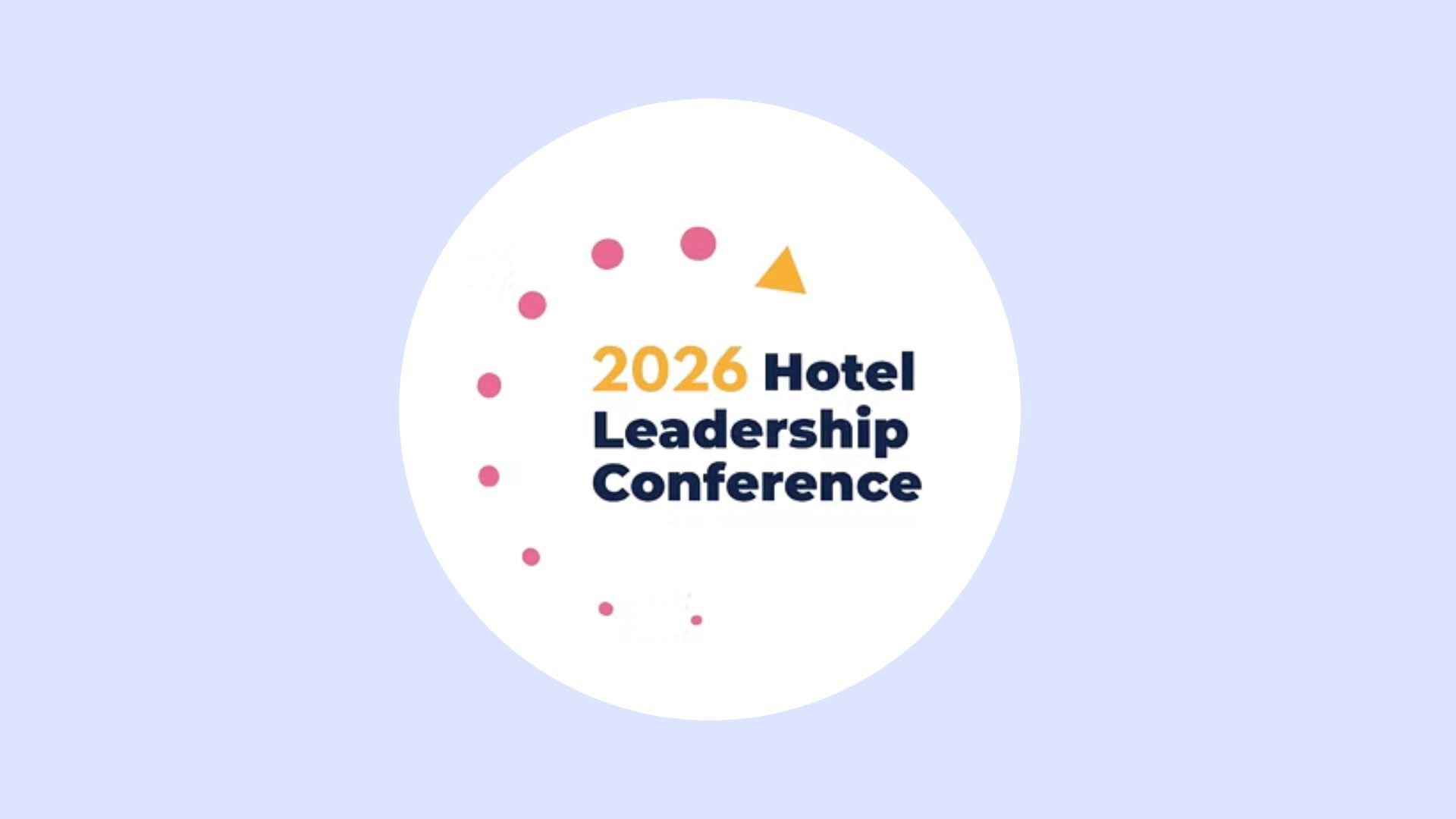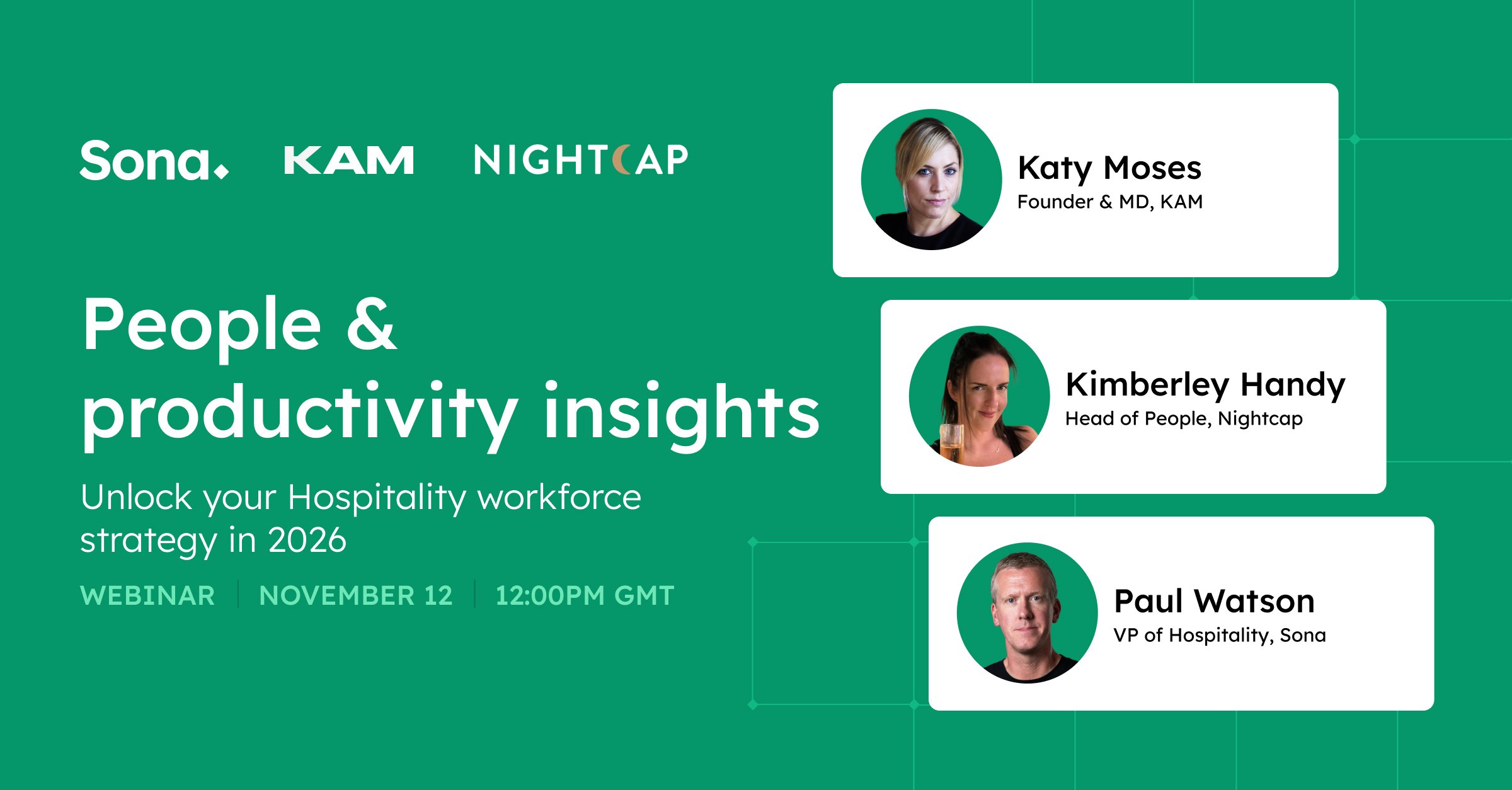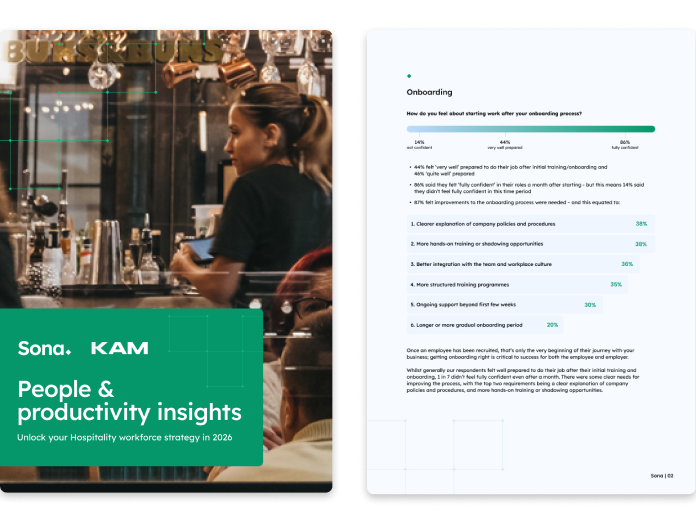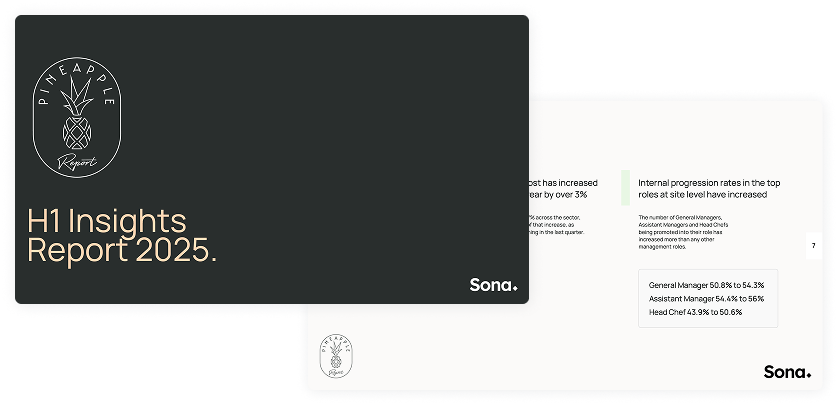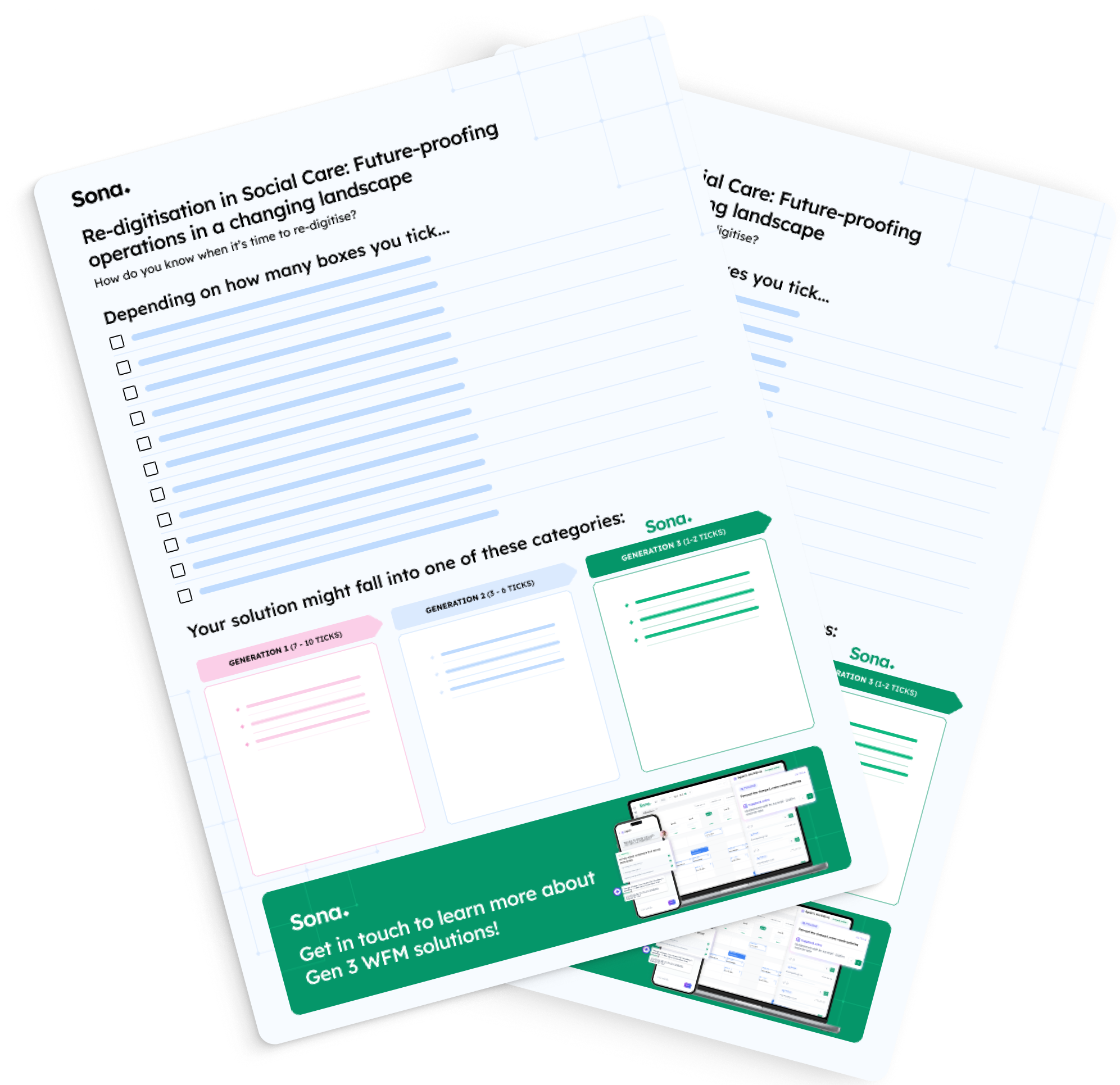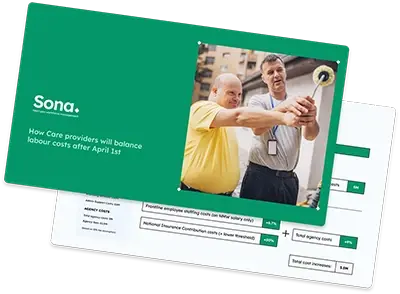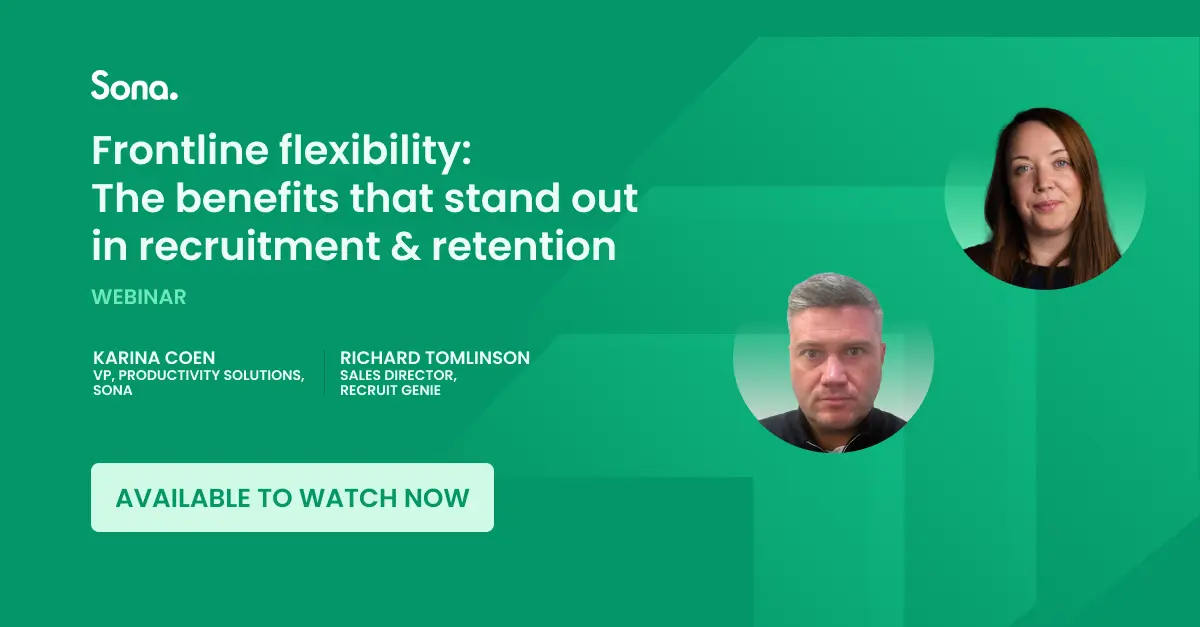Why every care provider needs an employee recognition programme
Despite the importance of the sector to society, working in social care can often feel like a thankless task - 92% of staff want more recognition. But providers have the power to turn this around.
3 minute read
Low wages, high burnout, and difficult working conditions are partly to blame. They're the common results of insufficient funding and high staff turnover.
The recent CQC State of Care Report concluded that these factors are highly prevalent across the U.K. Social Care system, with casualties such as staff morale, engagement and retention, and even quality of patient care.
However, a lack of employee appreciation is also a driving force. With just 21% of care workers receiving regular recognition from their employers, it's time to take action.
Not all the solutions are complex. Let's take a look at one in particular: employee recognition programmes.
 What is an employee recognition programme?
What is an employee recognition programme?
Employee recognition programmes are a way of helping employees feel valued in the workplace. In the care sector, they drive up employee and patient satisfaction by ensuring hard work does not go unnoticed.
An employee recognition strategy needs to be holistic. There are many ways to identify and create opportunities to show appreciation to care staff, such as:
- Sharing positive feedback
- Organising morale-boosting activities
- Remembering and celebrating birthdays & work anniversaries
- Rewards for performance
Small changes can have a significant impact.
Rewards do not have to be monetary — a common concern across a sector that needs to keep a close eye on costs. Prizes such as 'Employee of the Month' or 'Highest Attendance Record' or a landmark 'Years of Service' award can mean just as much.
More than 2 in 5 staff working in care have left a job because they didn't feel valued. It's clear that employee recognition programmes are no longer simply 'nice to have'; they're a must for care providers. Let's look at three crucial reasons why.
3 Reasons why you need an employee recognition programme
1) Higher retention
Once pay is excluded, lack of appreciation is the top reason why care workers leave the sector, creating a vicious cycle.
High staff turnover has significant knock-on effects for care providers, significantly detracting from employee satisfaction and even affecting quality of care.
An employee recognition programme can create a workplace culture that employees are proud to be part of, increasing recruitment and retention: staff churn is 31% lower at companies with a 'recognition culture.'
2) Better quality of care
An employee recognition programme can positively affect performance and productivity.
Feelings of demotivation mean that 49% of staff are less productive, and 39% produce lower-quality work as a result.
Conversely, staff who regularly receive recognition for their work are twice as likely to embrace innovative thinking and generally go above and beyond, which can make a world of difference to the quality of care given.
3) A healthier bottom line
Implementing an employee recognition programme is a highly effective way of ensuring that a culture of appreciation is present across all areas and levels of your company.
Happier, more motivated staff lower your operating costs. Gallup found that, in the U.S., the total cost of disengaged employees is somewhere between $450 and $550 billion a year. Companies that rank highly for employee experience generate up to 25% more profit than their competitors.
Start making a difference
With easy-to-use, company-wide workforce management tools such as Sona, managers can easily show appreciation to their employees.
Using a wide variety of features such as personalised messages of praise, simple feedback loops, reminders for well-being check-ins, and shout-outs on a shared newsfeed, recognition is literally embedded into our software.
The care sector's current workforce crisis needs quick fixes and long-term solutions. Employee recognition programmes can fill this role.
Urgent steps must be taken to ensure all care employees feel appreciated, particularly given the incredible value of their work.
Appreciation truly matters — download our research report on employee recognition to understand why in even more detail.
Enjoyed this article? Let's stay in touch 👋
If you liked this article, why not subscribe to our newsletter to get the latest news and views delivered straight to your inbox?

